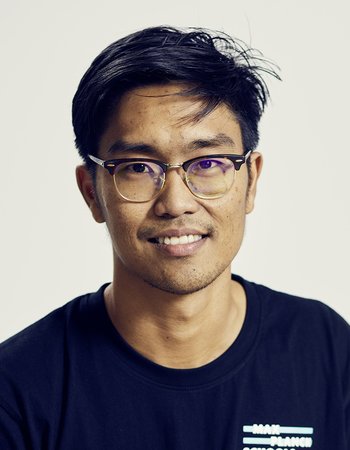
Pattarawat Chormai
Doctoral Candidate (deputy student representative)
Academic education
| since 2019 |
Doctoral candidate, Max Planck School of Cognition, Leipzig Doctoral research performed at Technische Universität Berlin, Germany Supervisors: Klaus-Robert Müller & Grégoire Montavon Lab rotations in the orientation phase: Simon E. Fisher, Jürgen Jost, and Klaus-Robert Müller |
|---|---|
| 2015–2018 | Master of Science in Data Science, Eindhoven University of Technology, the Netherlands & Technische Universität Berlin, Germany (dual degree program organized by EIT Digital Master School) |
| 2008–2012 | Bachelor of Science in Information Technology, King Mongkut's Institute of Technology, Ladkrabang, Thailand |
Teaching experience
| 2020/2021 | Machine Learning 1 & 2 (Teaching Assistant), Technische Universität Berlin, Germany |
|---|---|
| 2022/2023 | Deep Learning 1 (Tutor), Technische Universität Berlin, Germany |
Publications
Chormai, P., Herrmann, J., Müller, K.-R., and Montavon, G. (2024). “Disentangled Explanations of Neural Network Predictions by Finding Relevant Subspaces”. In: IEEE Trans. Pattern Anal. Mach. Intell. https://ieeexplore.ieee.org/document/10497845
Phatthiyaphaibun, W., Chaovavanich, K., Polpanumas, C., Suriyawongkul, A., Lowphansirikul, L., Chormai, P.,
Limkonchotiwat, P., Suntorntip, T., and Udomcharoenchaikit, C. (2023). “PyThaiNLP: Thai Natural Language
Processing in Python”. In: 3rd Workshop for Natural Language Processing Open Source Software, EMNLP.
Bender, S., Anders, C. J., Chormai, P., Marxfeld, H. A., Herrmann, J., and Montavon, G. (2023). “Towards Fixing
Clever-Hans Predictors with Counterfactual Knowledge Distillation”. In: Proceedings of the IEEE/CVF International
Conference on Computer Vision (ICCV) Workshops, pp. 2607–2615.
Chormai, P., Pu, Y., Hu, H., Fisher, S. B., Francks, C., & Kong, X.-Z. (2022). Machine learning of large-scale multimodal brain imaging data reveals neural correlates of hand preference. NeuroImage, 262, 119534. https://doi.org/10.1016/j.neuroimage.2022.119534
Chormai, P., Prasertsom, P., Cheevaprawatdomrong, J., & Rutherford, A. (2020). Syllable-based neural Thai word segmentation. In Proceedings of the 28th International Conference on Computational Linguistics, pp. 4619–4637, Barcelona, Spain (online). International Committee on Computational Linguistics. https://doi.org/10.18653/vl/2020.coling-main.407
Rieger, L., Chormai, P., Montavon, G., Hansen, L. K., & Müller, K.-R. (2018). Structuring neural networks for more explainable predictions. In H. J. Escalante et al. (Eds.), Explainable and interpretable models in computer vision and machine learning. The Springer series on challenges in machine learning (pp. 115–131). Springer: Cham, Switzerland.
Poster presentation
Chormai, P., Kong, X.-Z., Fisher, S., & Francks, C. (2021, June). Machine learning reveals multimodal MRI signatures associated with handedness [Poster]. 27th Annual Meeting of the Organization for Human Brain Mapping (OHBM), online.
Photo: Nikolaus Brade